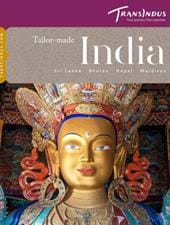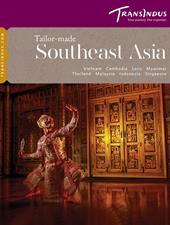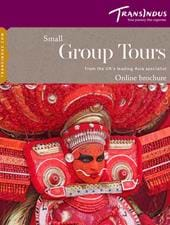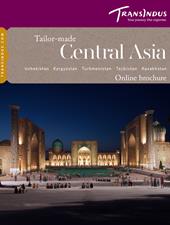Famed over the centuries for its nightingales, poetry and wine, Shiraz has traditionally been regarded Iran’s cultural capital. Two of Persia’s greatest Sufi poets are both entombed here, while the affable, famously laid-back locals are proud of their refined parks and gardens, dating from the Zand era of the late 18th century.
The vineyards have all gone and what nightingales survive are drowned out by traffic noise these days, but Shiraz warrants more than a cursory glance out of a bus window en route to nearby Persepolis. After the tombs of the two great poets, the city’s most iconic sight is the mosque of Nasir al-Molk, whose arched and vaulted reception rooms are bathed in light from multi-coloured stained-glass windows – one of the gems of 19th century Qajar architecture. The adjacent square, leading to a particularly wonderful covered bazaar retaining its original domed roofs, is a delightful place to linger over coffee.
Another unmissable sight is the Naranjestan-e Ghavam, an exquisite 19th century pavilion set amid some of the country’s loveliest formal gardens. Its basement holds a small but excellent museum, and a shop selling high-quality miniature paintings on camel bone.
Above all, Shiraz is a city for wandering. Tucked away in the backstreets of its medieval core are innumerable shrines, tombs, and mosques awaiting discovery, as well as a bumper crop of traditional tea houses and restaurants.
Travellers with a keen interest in archaeology may wish to follow in the steps of the British art historian, Robert Byron, whose 1930 travelogue, ‘The Road To Oxiana’, describes an eventful hunt in the hills around Shiraz for ruins dating from the Sassanian period (3rd century AD). The most spectacular of them, Dokhtar Castle, looks exactly as it did in Byron’s day, perched on the edge of a deep, stratified ravine in the desert.








